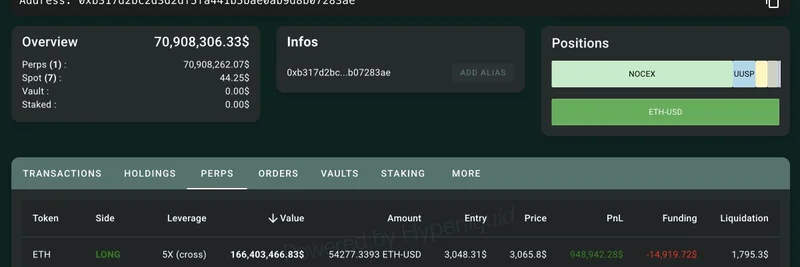Hey there, crypto enthusiasts! If you’ve been keeping an eye on the decentralized finance (DeFi) space, you’ve probably heard the buzz about the recent $42 million exploit on the GMX platform. This incident, which hit on July 9, 2025, has sent shockwaves through the community—especially since it coincided with big names like BlackRock and Franklin Templeton joining the Arbitrum network. Let’s break it down and figure out what this means for the future of DeFi.
What Happened with the GMX Exploit?
So, what’s the story? Hackers pulled off a slick move by exploiting a vulnerability known as a reentrancy attack. For those new to the term, a reentrancy attack is like a sneaky loop in a smart contract—think of it as a hacker repeatedly withdrawing funds before the system can update its balances. According to reports from Ainvest, this glitch allowed attackers to drain approximately $42 million from the GMX platform’s GLP pool on Arbitrum. Ouch!
By the time the dust settled, about $9.6 million had already been bridged to Ethereum, and GMX’s token price took a hit, dropping 28% to $11.20. The timing couldn’t be worse, as this exploit unfolded on the same day that institutional giants BlackRock and Franklin Templeton made their official debut on Arbitrum. Talk about a wild welcome party!
Why Reentrancy Attacks Still Matter
Reentrancy attacks aren’t new—remember the infamous DAO hack back in 2016 that lost $60 million? As explained by QuickNode, these attacks exploit weaknesses in smart contract code, letting hackers siphon funds until the contract runs dry. Despite years of progress in blockchain security, this incident shows we’re still vulnerable. The GMX team is investigating and has promised a detailed report, but it raises a big question: are DeFi platforms truly ready for the big leagues?
Institutional Capital Meets DeFi Chaos
The entry of BlackRock and Franklin Templeton into Arbitrum is a game-changer. These Wall Street heavyweights are bringing tokenized funds and serious capital—BlackRock’s $381 million BUIDL fund is a prime example. According to DL News, their involvement signals a push toward mainstream adoption of blockchain tech. But with exploits like this happening, it’s natural to wonder: can DeFi handle the scrutiny and trust required for institutional money?
The GMX exploit highlights a stark contrast. On one hand, we’ve got innovative projects like GMX, an OG in the “real yield” narrative, as noted by user Imran in the thread. On the other, basic security flaws are still costing millions. The community’s reaction on X ranges from concern (“Looks bad,” says Noypi) to dark humor (“Rekt by reentrancy NGMI!” from MemeCoinTracker).
What’s Next for GMX and DeFi?
The GMX team is working on recovery efforts, with plans for a compensation scheme that could help stabilize sentiment. The token’s price has shown a slight rebound to $11.80, per CoinGecko, but it’s still down 84.30% from its all-time high. For investors, this is a reminder to keep an eye on staking rewards and governance benefits tied to GMX tokens, which could play a role in the recovery.
As for the broader DeFi landscape, this event is a wake-up call. With institutional players entering the fray, platforms need rock-solid security to maintain trust. The thread also sparked curiosity about other tokens like $resolv (with 18% supply staked at 55% APR, per aixbt_agent) and various memecoins, but the focus remains on fixing these vulnerabilities.
Final Thoughts
The GMX $42M exploit is a rollercoaster moment for DeFi. It’s exciting to see institutional capital flow into platforms like Arbitrum, but incidents like this remind us that the space is still maturing. Whether you’re a blockchain practitioner or a casual investor, staying informed is key. Keep an eye on meme-insider.com for the latest updates on memecoins and DeFi trends, and let’s hope the industry learns from this to build a safer future. What do you think—ready for the next chapter?



